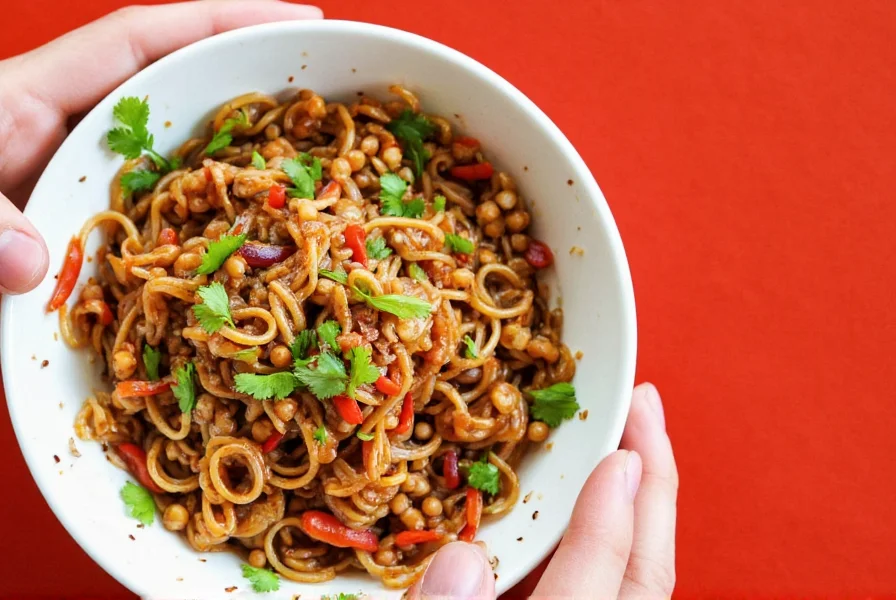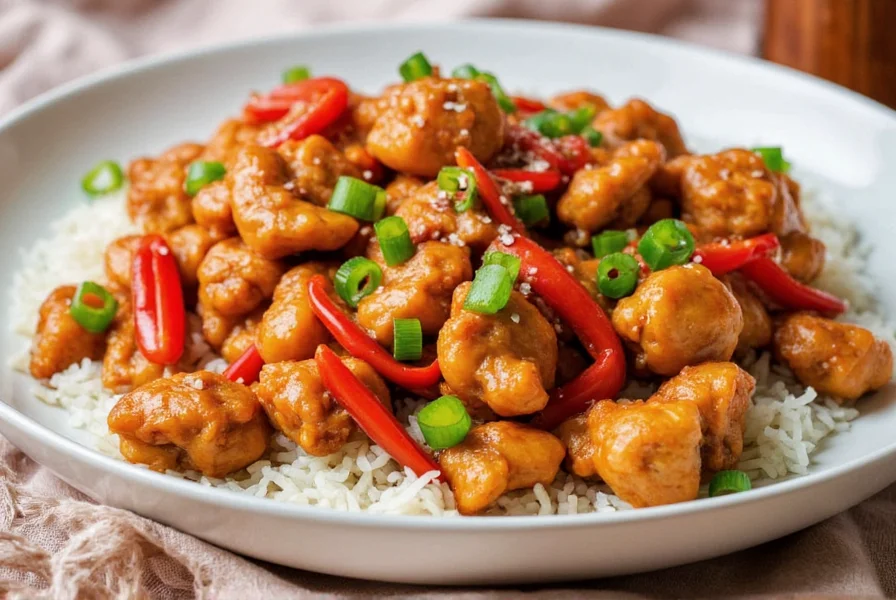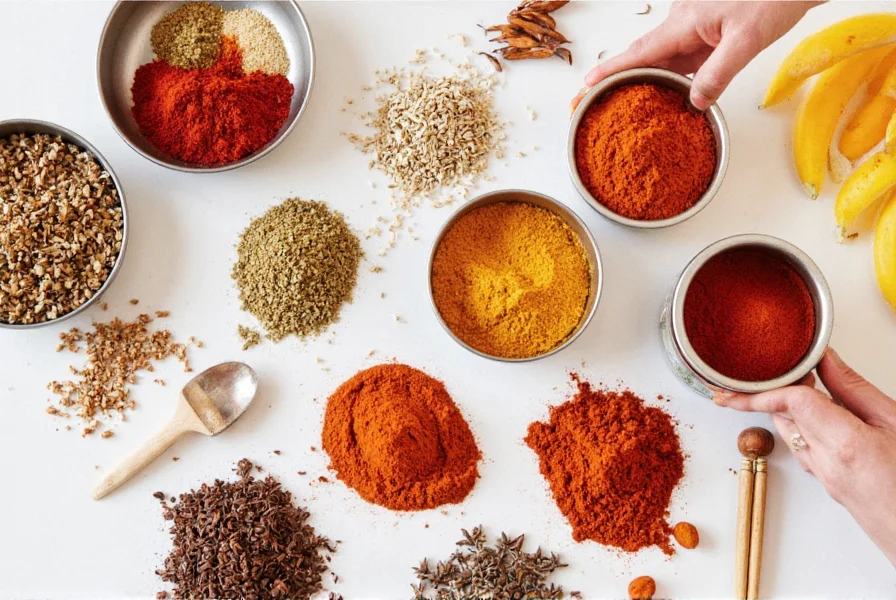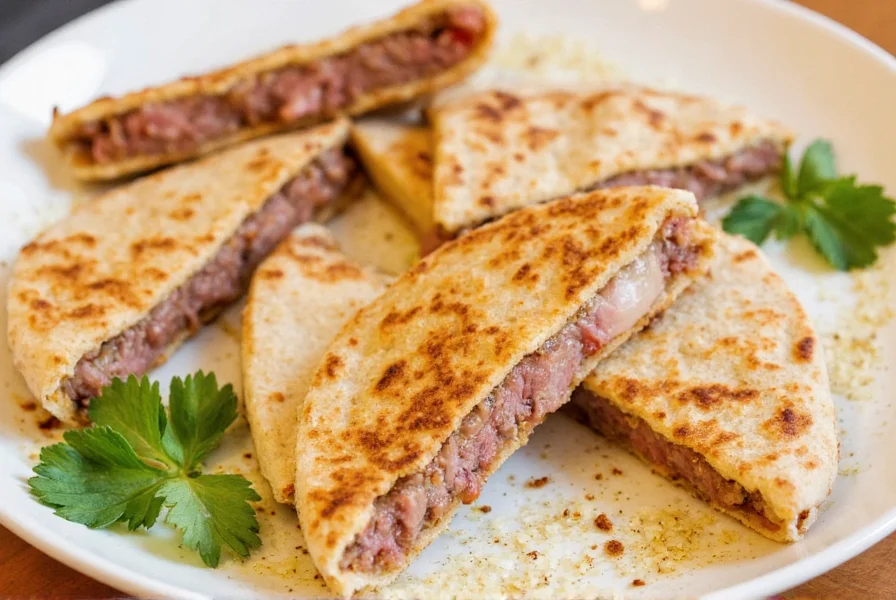Table of Contents
Introduction
Sichuan and Hunan chicken are two iconic Chinese dishes known for their spiciness, but they differ fundamentally in heat source, flavor profile, and culinary technique. Sichuan chicken features a numbing "ma la" (numb-spicy) sensation from Sichuan peppercorns combined with chili peppers, while Hunan chicken delivers intense, direct heat primarily from dried red chilies without the numbing effect. This guide explains the key differences in heat sources, ingredients, cooking methods, and how to choose between them for authentic results.
Key Differences Between Sichuan and Hunan Chicken
| Feature | Sichuan Chicken | Hunan Chicken |
|---|---|---|
| Heat Source | Sichuan peppercorns (numbing) + dried red chilies | Dried red chilies (intense capsaicin heat) |
| Flavor Profile | Numbing, citrusy, savory with "ma la" complexity | Smoky, fiery, and bold with "xiang la" (fragrant-spicy) profile |
| Cooking Style | Stir-fried or braised with vinegar balance | Stir-fried or steamed with fermented black beans |
| Key Ingredients | Sichuan peppercorns, doubanjiang, soy sauce, rice vinegar | Dried red chilies, fermented black beans, fresh garlic, ginger |

Spice Profile: What Makes Each Unique?
Sichuan cuisine's signature "ma la" (numb-spicy) sensation comes from Sichuan peppercorns (Zanthoxylum bungeanum), which contain hydroxy-alpha-sanshool compounds that create a tingling, numbing effect on the tongue. This is combined with chili peppers for heat, creating a complex flavor layering. Hunan cuisine, in contrast, focuses on "xiang la" (fragrant-spicy) with minimal numbing. It uses high quantities of dried red chilies (like facing heaven chilies) for pure capsaicin heat, often combined with fresh chilies for brighter flavor. The heat in Hunan dishes is more direct and intense, with no numbing component.

Cooking Techniques and Ingredients
Sichuan chicken typically uses a stir-fry technique with a sauce base of doubanjiang (fermented broad bean paste), soy sauce, rice vinegar, and Sichuan peppercorns. The vinegar balances the richness, while the peppercorns create the signature numbing sensation. Hunan chicken often features a "dry-fried" technique where chicken is seared with high heat and cooked in a sauce made from fermented black beans, soy sauce, and dried chilies. Hunan dishes frequently include fresh chilies and garlic for brighter flavor, while Sichuan relies more on dried ingredients for depth.

Practical Tips for Cooking Both Dishes
For authentic results, follow these key tips:
- Use authentic ingredients: Sichuan peppercorns must be toasted before use to enhance flavor; Hunan dishes require dried red chilies with intact seeds for maximum heat.
- Adjust heat carefully: For Sichuan, reduce peppercorn quantity for milder numbing; for Hunan, remove chili seeds to reduce capsaicin heat while preserving flavor.
- Balance flavors properly: Sichuan needs vinegar for tangy balance; Hunan benefits from a touch of sugar to counter intense heat.
- Use high heat: Both dishes require a wok or heavy skillet for proper stir-frying to develop authentic flavors.

Buying Guide: Choosing the Right Spices and Tools
Spices and Ingredients
- Sichuan peppercorns: Choose whole, bright red peppercorns from Sichuan province (not generic "Chinese pepper")
- Dried red chilies: For Hunan, select "Facing Heaven" or "Tien Tsin" chilies with deep red color and no mold
- Doubanjiang: Essential for Sichuan; look for fermented broad bean paste with visible chili flakes
- Fermented black beans: Must be whole, plump beans for Hunan dishes
- Rice vinegar: Choose Chinkiang black vinegar for Sichuan dishes
Tools and Equipment
- Cast iron wok: For high-heat stir-frying and even heat distribution
- Mortar and pestle: For grinding Sichuan peppercorns to release oils
- Measuring spoons: Critical for precise spice ratios
- Stainless steel strainer: For removing chili seeds when adjusting heat levels

Frequently Asked Questions
What's the main difference between Sichuan and Hunan chicken?
The key difference lies in the heat source and sensation. Sichuan chicken uses Sichuan peppercorns to create a numbing "ma la" (numb-spicy) effect combined with chili heat, while Hunan chicken relies on dried red chilies for pure, intense capsaicin heat without numbing. Sichuan focuses on complex flavor layers, while Hunan emphasizes bold, straightforward spiciness.
Which is actually spicier - Sichuan or Hunan chicken?
Hunan chicken generally has higher capsaicin heat (measured on Scoville scale) due to greater quantities of dried red chilies. Sichuan chicken's heat is more complex due to the numbing effect of peppercorns, which temporarily blocks pain receptors. While Hunan may feel "hotter" initially, Sichuan's numbing sensation creates a lingering, multi-dimensional heat experience.
Why do some recipes spell it "Szechuan" instead of "Sichuan"?
"Szechuan" is an older Wade-Giles romanization of the Chinese province name Sìchuān (四川). Modern Pinyin romanization uses "Sichuan," but the alternative spelling persists due to historical usage in Western restaurants and cookbooks. Both terms refer to the same cuisine style.
Can I make these dishes less spicy without losing authentic flavor?
Yes. For Sichuan chicken, reduce chili quantity while keeping Sichuan peppercorns (toast them first to enhance flavor). For Hunan chicken, remove chili seeds and membranes (where most capsaicin resides) or use milder varieties like guajillo. Adding a touch of sugar or extra vegetables can also balance heat without compromising authenticity.
What are traditional side dishes that pair well with these spicy chicken recipes?
Cooling sides are essential. Steamed jasmine rice is fundamental for heat relief. Sichuan dishes pair well with mild stir-fried greens like bok choy or cucumber salad. Hunan dishes complement steamed vegetables or cold tofu with garlic sauce. Authentic Chinese meals typically serve multiple dishes together to balance flavors across the meal.
Conclusion
Sichuan and Hunan chicken represent two distinct approaches to Chinese spicy cuisine. Sichuan's "ma la" complexity offers a multi-dimensional heat experience with numbing peppercorns and balanced flavors, while Hunan delivers intense, direct heat with bold, smoky notes. Understanding these differences allows you to choose the perfect dish for your taste preference and cook them authentically using proper ingredients and techniques.


By mastering the key differences in heat sources, ingredients, and techniques, you can elevate your cooking and experience the rich diversity of Chinese regional cuisines.











 浙公网安备
33010002000092号
浙公网安备
33010002000092号 浙B2-20120091-4
浙B2-20120091-4